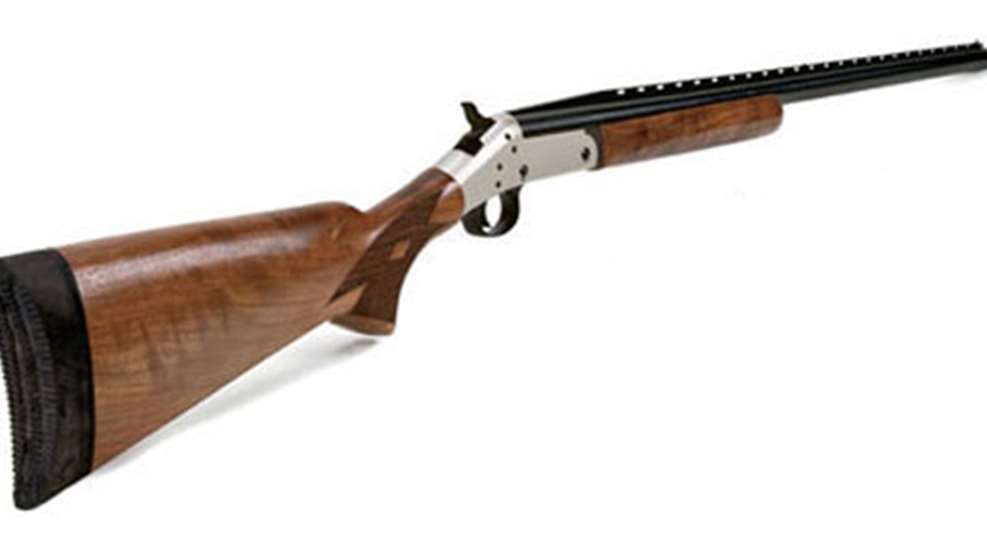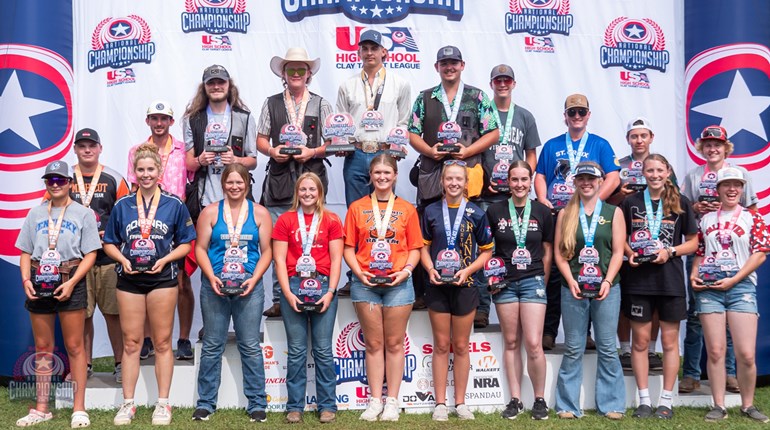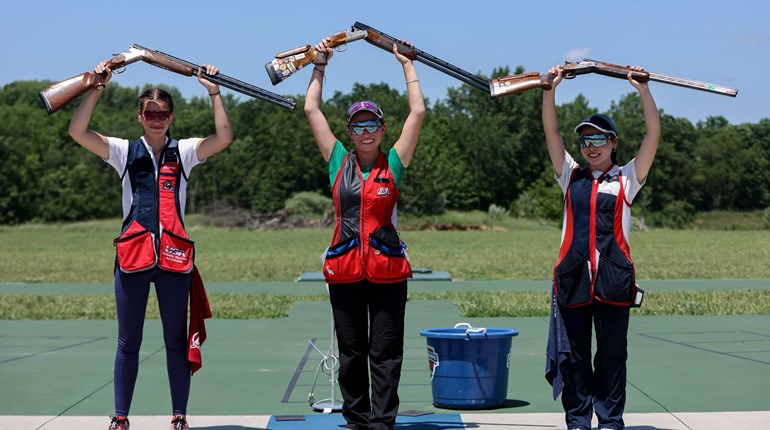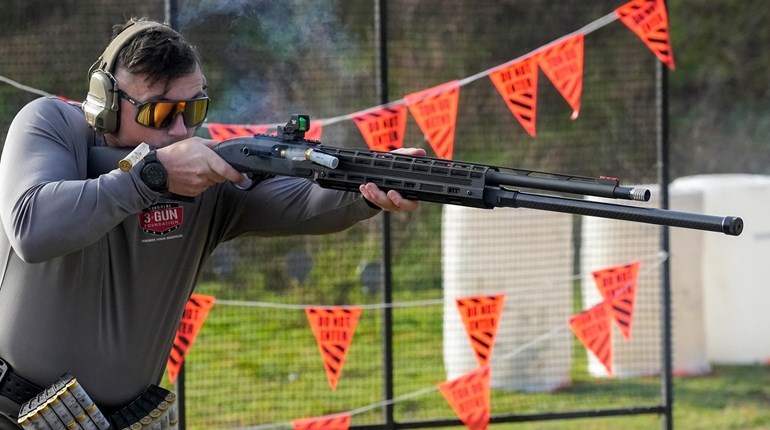
For a guy who shoots and then writes about it as a means of income, competing in a weekend trap league is akin to a mailman taking a walk on his day off. Lucky for me, I often mix business with pleasure. After shooting a recent league match with my personal Browning BT-99 single-shot trap gun, I was off to my home club for a comparative wring-out session with H&R's new Topper Trap, a single-shot, inexpensive trap gun.
H&R's simple break-action, single-shot format has spawned slug guns, muzzleloaders and rifles in the likeness of its 19th-century namesake. Harrington and Richardson, of course, was established in 1877 in Worcester, Mass., but today the H&R brand (and the New England Firearms brand) is owned by Marlin Firearms, which was recently purchased by Remington Arms. The Topper test gun was made in H&R's Gardner, Mass., facility that has since been shuttered by Remington Arms. By the time you read this, the Topper will be coming from Remington's historic plant in Ilion, N.Y.
To tell you the truth, I've never been enamored with NEF/H&R's lightweight, short-barreled, sub-$100 Pardner models or slightly more expensive Topper shotguns due to their brutish recoil. But the Topper Trap turned out to be a kinder, gentler, more sophisticated relative. It's a trap gun, sure, but one has no reason to expect laser-checkered, figured American walnut; or a Pachmayr Decelerator recoil pad; or a nickel-plated receiver; or a stainless steel TruLock extended choke tube-all on a $300 shotgun.
The Topper's stock dimensions are fixed and generic. The 1 3/4-inch drop on its straight-comb stock and its 14 3/8-inch length of pull come from a common neighborhood for target guns. At my home club, I allowed one station of acclimation before keeping score in order to acquaint myself with the Topper's dimensions and resultant sight picture, trigger and recoil. It turned out to be unnecessary as all five birds were crushed.
Although its curved Decelerator pad reduced its kick somewhat, recoil was definitely noticeable in the 7-pound, 44-inch-long Topper when using Remington STS 1 1/8-ounce target loads. If the shooter wishes to lessen recoil further, he or she could shoot 1-ounce loads and/or purchase a mercury recoil suppressor tube to slip inside the stock of this relatively light gun.
The Topper's drop at comb, being considerably more than my adjusted Browning's, resulted in my lining up the twin white beads rather than stacking them as I'm used to.
The H&R action breaks with a button on top of the right side of the hammer (awkward for the left-handed shooter), which differs from most single-shot guns' horizontal, tang-mounted thumb lever. And of course the shooter has to contend with a hammer obscuring the sight picture until the Topper is cocked. These are not significant factors for anyone who has no previous experience with a single-shot trap gun-and these are the folks for whom the gun was designed. The H&R's simple transfer-bar safety is, in fact, an excellent consideration for the novice shooter, and the need to cock the hammer quickly becomes a safe and reassuring facet of the pre-shot routine.
The Topper's balance point is located 1 inch in front of the hinge pin, which probably helps its ability to swing somewhat. Nevertheless, I think a 32-inch barrel (including the choke tube extension) would be preferable to all but the smallest junior trapshooters.
One big plus for the Topper, in the eyes of this trapshooter, was that it is fitted with an ejector. Other smiley faces were registered when the Topper's trigger broke cleanly and consistently at a very comfortable 4 pounds, 6 ounces; and the gun's .705-diameter TruLock choke tube (Winchoke threads) consistently vaporized targets, indicating that patterns were tight and rich.
The test was sufficient to give me a good read on the new Topper Trap, but the longevity of the hinge pin is a big factor in any trap gun; the 1,000-round test was no measure of durability. Then again, the Topper isn't being marketed to the high-volume competitive shooter, but rather to the novice who will likely upgrade relatively quickly as his/her ability improves.
It's not unusual to shoot well initially with an unfamiliar gun, since shooters tend to concentrate more. Thus, it was no surprise when I shot one bird higher than my ATA average for the first 100 targets with the Topper Trap. Three other experienced trapshooters used the Topper for a total of 500 shots, and all gave it high marks as a starter gun. In four subsequent rounds over the next two days, I finished two to four birds over my average. That prompted high marks for the Topper, and also a re-thinking of the dimensions of my BT-99, and a switch to an improved modified tube like the Topper's.
I was so intrigued with the Topper that this one isn't going back to the factory. There's more research to be done, further blurring the differentiation between business and pleasure.
Type: single-shot, break-action shotgun
Gauge: 12
Barrel: 30", vent rib
Chamber: 3"
Choke: TruLock extended choke tube; Improved Modified (.705)
Trigger: 4 lbs., 6 ozs.
Sights: double white beads
Safety: transfer bar
Stock: American walnut; LOP-14 3⁄8"; drop at heel-1 3/4"; drop at comb-1 3/4"
Overall Length: 44"
Weight: 7 lbs.
Metal Finish: blued barrel, nickel-plated receiver
MSRP: $362
978-632-9393 www.hr1871.com




































